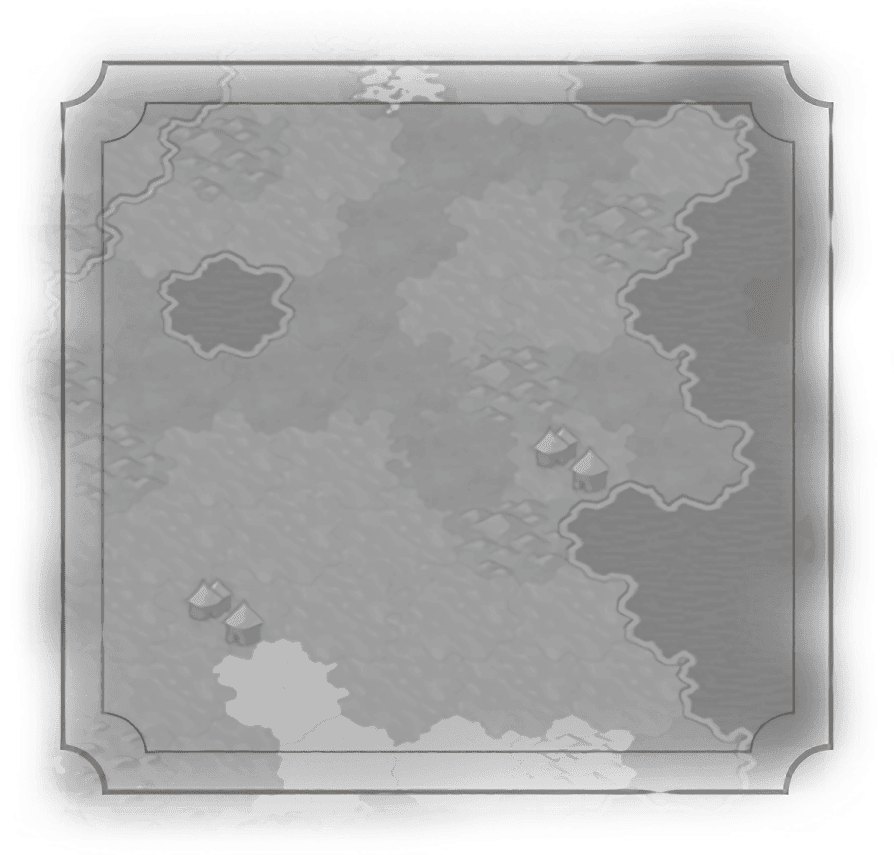

Dromon
Description
Byzantine unique Classical era unit that replaces the Quadrireme that has additional range and receives +10  Combat Strength against units.
Combat Strength against units.
 Combat Strength against units.
Combat Strength against units.Historical Context
The Byzantine navy had some of the most advanced ships in the Mediterranean. Abandoning an earlier reliance upon a trireme with a ram in its prow, the dromon had a “beak” (calcar), a projection at the ship’s front that served as a bridge for soldiers to cross onto enemy ships (or, alternately, to crush the enemy’s oars). Along with the triangular sail and one or multiple banks of oars, the dromon was fast and maneuverable, and deadly.
But the dromon’s most fearsome feature was its fire. “Greek fire,” a mixture of oil and quicklime, was a concoction that burned even when floating on water. Some dromons had Greek fire projectors at their bow: essentially a medieval ship-mounted flamethrower. This weapon was used to great effect to repel Arab sieges of Constantinople as well as, famously, an invasion of Rus (Viking raiders from what is now Russia) during the reign of Emperor Romanus. In one contemporaneous account, the Rus, when they saw the flame cannons, “threw themselves from their ships into the sea, choosing to be drowned by the waves rather than cremated by the fire… No one escaped that day unless he was able to flee to the shore.”
But the dromon’s most fearsome feature was its fire. “Greek fire,” a mixture of oil and quicklime, was a concoction that burned even when floating on water. Some dromons had Greek fire projectors at their bow: essentially a medieval ship-mounted flamethrower. This weapon was used to great effect to repel Arab sieges of Constantinople as well as, famously, an invasion of Rus (Viking raiders from what is now Russia) during the reign of Emperor Romanus. In one contemporaneous account, the Rus, when they saw the flame cannons, “threw themselves from their ships into the sea, choosing to be drowned by the waves rather than cremated by the fire… No one escaped that day unless he was able to flee to the shore.”

Traits
Unique To
Upgrades To
Promotion Class: Naval Ranged
Requirements
Technology
Production Cost
Base Cost: 120  Production
Production
 Production
ProductionPurchase Cost
Base Cost: 480  Gold
Gold
 Gold
GoldMaintenance Cost
Base Cost: 2  Gold
Gold
 Gold
Gold
Description
Byzantine unique Classical era unit that replaces the Quadrireme that has additional range and receives +10  Combat Strength against units.
Combat Strength against units.
 Combat Strength against units.
Combat Strength against units.Historical Context
The Byzantine navy had some of the most advanced ships in the Mediterranean. Abandoning an earlier reliance upon a trireme with a ram in its prow, the dromon had a “beak” (calcar), a projection at the ship’s front that served as a bridge for soldiers to cross onto enemy ships (or, alternately, to crush the enemy’s oars). Along with the triangular sail and one or multiple banks of oars, the dromon was fast and maneuverable, and deadly.
But the dromon’s most fearsome feature was its fire. “Greek fire,” a mixture of oil and quicklime, was a concoction that burned even when floating on water. Some dromons had Greek fire projectors at their bow: essentially a medieval ship-mounted flamethrower. This weapon was used to great effect to repel Arab sieges of Constantinople as well as, famously, an invasion of Rus (Viking raiders from what is now Russia) during the reign of Emperor Romanus. In one contemporaneous account, the Rus, when they saw the flame cannons, “threw themselves from their ships into the sea, choosing to be drowned by the waves rather than cremated by the fire… No one escaped that day unless he was able to flee to the shore.”
But the dromon’s most fearsome feature was its fire. “Greek fire,” a mixture of oil and quicklime, was a concoction that burned even when floating on water. Some dromons had Greek fire projectors at their bow: essentially a medieval ship-mounted flamethrower. This weapon was used to great effect to repel Arab sieges of Constantinople as well as, famously, an invasion of Rus (Viking raiders from what is now Russia) during the reign of Emperor Romanus. In one contemporaneous account, the Rus, when they saw the flame cannons, “threw themselves from their ships into the sea, choosing to be drowned by the waves rather than cremated by the fire… No one escaped that day unless he was able to flee to the shore.”
Traits
Unique To
Upgrades To
Promotion Class: Naval Ranged
Requirements
Technology
Production Cost
Base Cost: 120  Production
Production
 Production
ProductionPurchase Cost
Base Cost: 480  Gold
Gold
 Gold
GoldMaintenance Cost
Base Cost: 2  Gold
Gold
 Gold
Gold


